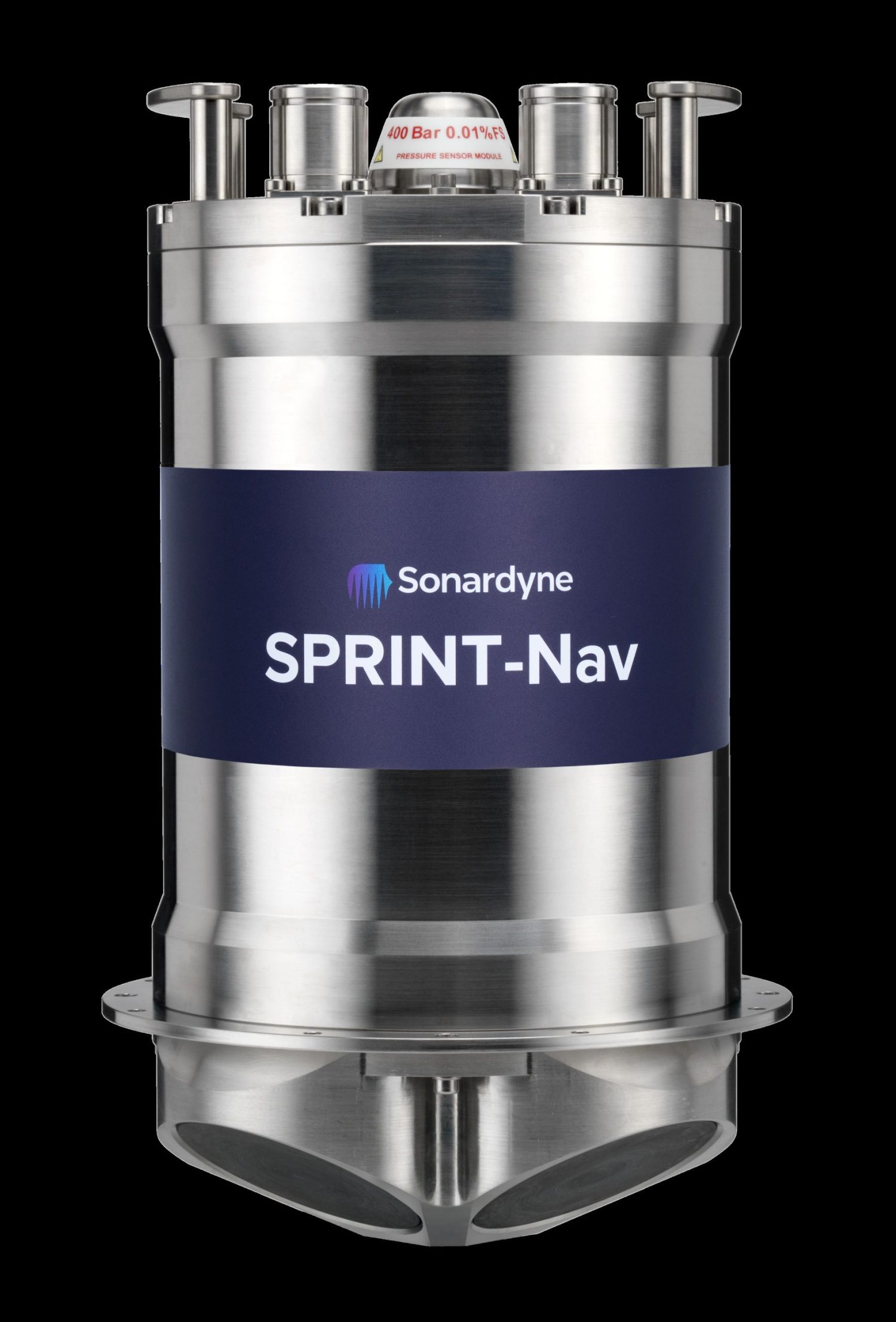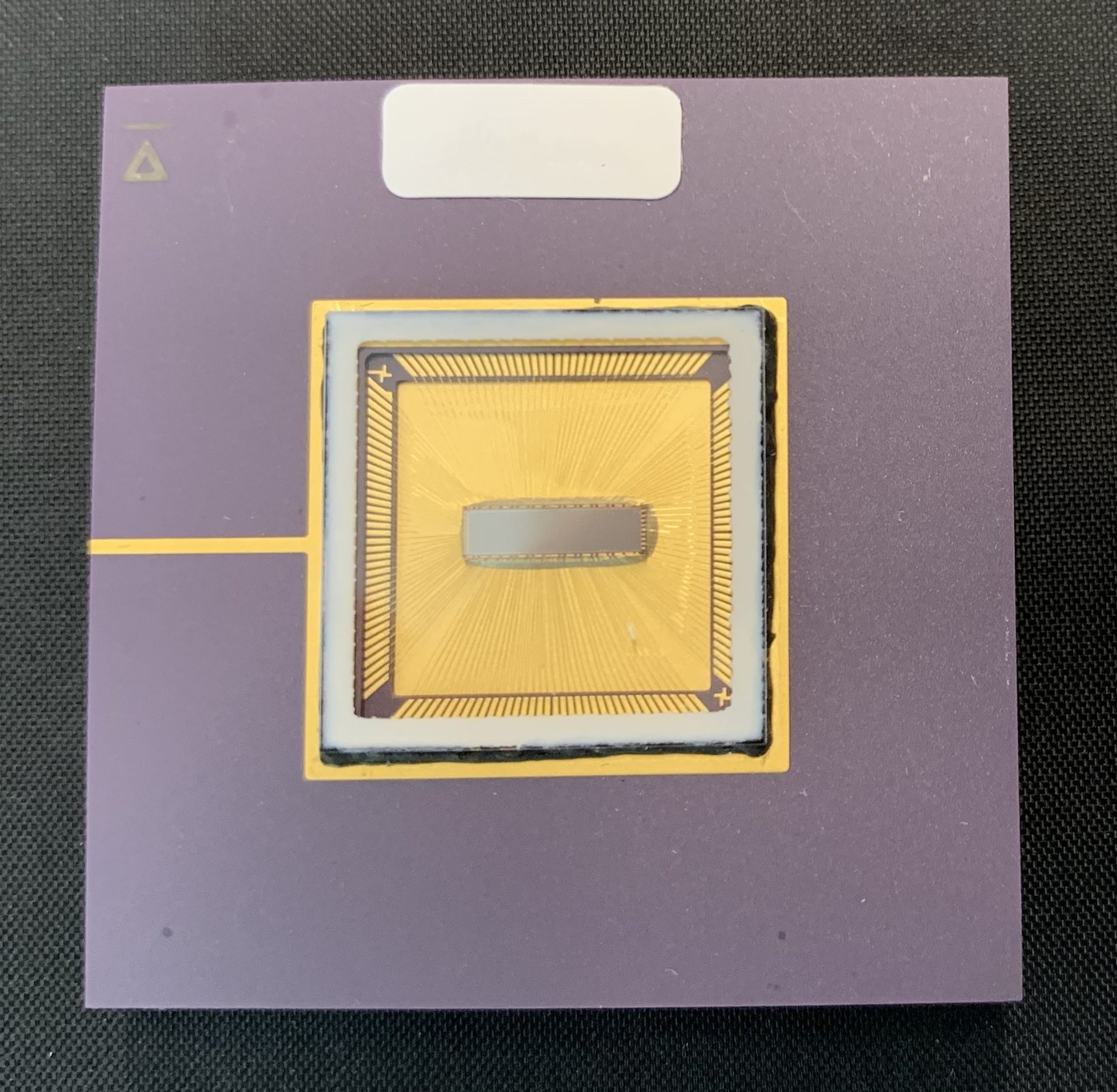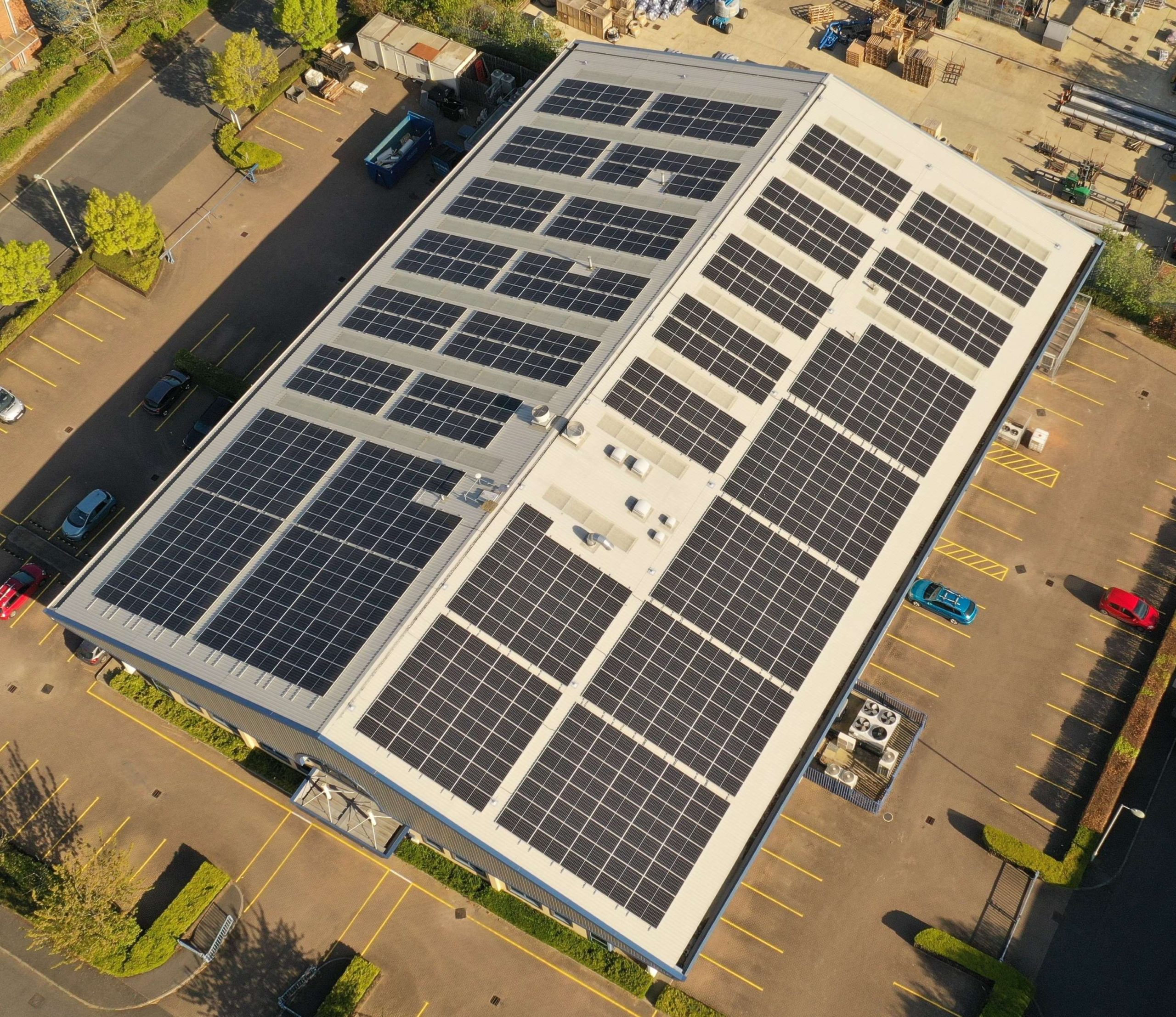The Value of AUVs: It’s All About The Data
Author: Ioseba Tena – Global Business Manager – Marine Robotic Systems
Why do I need to use an AUV? Why are we putting so much effort into these systems? How are they adding value to our everyday operations? Those of us involved in the marine robotics industry face these questions every day, even though it’s been many years now since AUVs found commercial acceptance. Trust, as always, is in short supply. Yet we persevere, and the market for AUVs keeps growing. What drives this growth? While most of the players in the marine robotics industry have a passion for technology and the ocean, passion alone is not enough to sustain a business. Passion gets you started, but it can’t sustain you. So how do AUVs add value to operations? It’s all in the data!
Yes, the data. Even in the early days of AUV operations it was clear to see some of the key benefits that AUVs would bring to the table. They provided a very stable platform to fit payload sensors which could be used to measure the AUV’s environment. They could do that at a user defined distance from the seafloor and they could sample at a constant speed of travel in a chosen direction. This meant that surveyors and scientists now had a tool that they could send on a chosen path, and knew that the AUV would follow that route to the best of its ability. This lead to regular sampling, and higher precision. In other words, better data.
Side scan sonar data in particular was transformed by AUVs. The navies of the world caught on quick. Searching, classifying and mapping operations were transformed. They could deploy in challenging littoral waters and use acoustic beams to generate images either side of the AUV. These images helped operators make better decisions which in turn helped them save time and better manage risk. Initially the side-scan sonars were performance-limited as they needed to limit the power usage to accommodate the AUVs’ battery budgets. With time their performance improved. Boy, did it improve!
Improving the payload with Multi Aperture Sonar
Since the value of an AUV is intrinsically linked to the payload instruments it carries and the data it can capture, what’s the easiest way to add value to an AUV? Improve the payloads. That’s what the team at Sonardyne Wavefront were tasked with when they 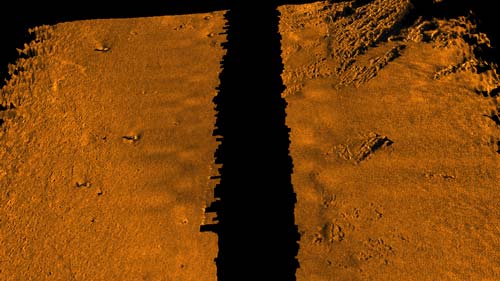 designed Solstice our Multi Aperture Sonar. We were asked the question “How can I get better data from a side-scan and more of it?” So we started to look at the variables, and how we could improve on what already exists. Essentially, the overarching objective was; if x value can be achieved from running a survey with a 100 metre swath side scan and an along-track resolution of 0.3°, doubling the range to 200 metres and halving the along-track resolution to 0.15° should be able to get 4x from the same AUV side scan.
designed Solstice our Multi Aperture Sonar. We were asked the question “How can I get better data from a side-scan and more of it?” So we started to look at the variables, and how we could improve on what already exists. Essentially, the overarching objective was; if x value can be achieved from running a survey with a 100 metre swath side scan and an along-track resolution of 0.3°, doubling the range to 200 metres and halving the along-track resolution to 0.15° should be able to get 4x from the same AUV side scan.
Rob Crook, Sonardyne Wavefront’s research director, recalls, “We had to use every trick in the book. Taking advantage of the unique qualities of AUVs, we started by re-designing the actual array used to generate the acoustic beams to limit multipath interference typical of shallow water deployments. We used unprecedented numbers of receive elements, 32 on each flank, to provide fully dynamically focused imagery over the whole length of the swath, with super high ‘classification’ resolution close in. Using Multiple Aperture Sonar Processing we enhanced the data by ensuring full un-distorted bottom coverage despite any non-linear platform motion and delivered improved signal to noise ratio into the bargain. We even developed a real-time technique to dynamically re-calibrate each individual hydrophone element several times a second to compensate for any dynamical strains. And we provide interferometric bathymetry – in other words we provide a 3D surface alongside the class-leading intensity picture”
Early results demonstrated that the effort had been worth it. Solstice is more than just a side scan sonar, at 0.15° it boasts incredible ultra-high, along-track resolution, matched by an incredible 200 metre swath. All of this is done while drawing no more than 18 Watts of power. This means that you can run it on a low-logistic AUV over an 8 hour mission and leave spare power to mount other instruments.
Better data = improved operations
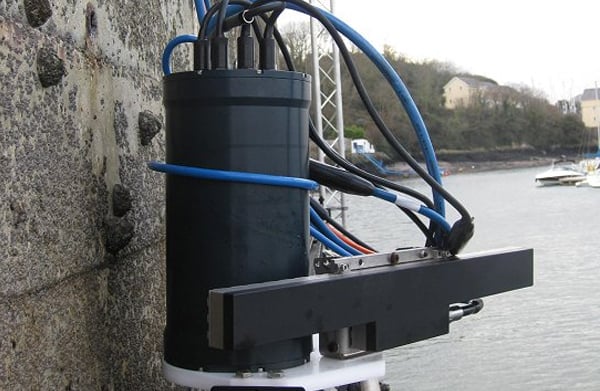 Navy users recognise the value of good side scan sonar data. More data means the AUV operation run more effectively, but better data benefits the whole operation. For example, it’s common to send a diver or a remotely operated vehicle (ROV) every time you need to confirm a possible identification in the side scan data, such as a mine. For every miss-identification it means increased deployments for the divers and ROVs. Any sailor would tell you straight away this is not a good idea. That’s why navy operators value the look of Solstice imagery. After all, an AUV’s intrinsic value is the data it gathers.
Navy users recognise the value of good side scan sonar data. More data means the AUV operation run more effectively, but better data benefits the whole operation. For example, it’s common to send a diver or a remotely operated vehicle (ROV) every time you need to confirm a possible identification in the side scan data, such as a mine. For every miss-identification it means increased deployments for the divers and ROVs. Any sailor would tell you straight away this is not a good idea. That’s why navy operators value the look of Solstice imagery. After all, an AUV’s intrinsic value is the data it gathers.
Since I joined Sonardyne, Solstice has been one of the stand-out products for me; I can’t believe the image quality. It builds on the strengths of AUVs and does so without impacting the power budget. The data is great to look at, as you can see from the images, but it’s also great for feeding into Automatic Target Recognition algorithms. If the data is why people buy AUVs (and I think we already established that’s why) then make sure you get the best data.
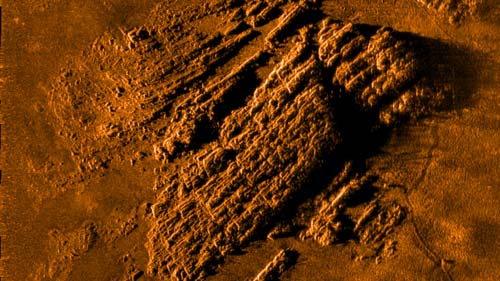
Please feel free to get in touch with me, or the rest of the team at Sonardyne, to learn more about the Solstice.
Want to find out more about this article?
Speak to an expert





